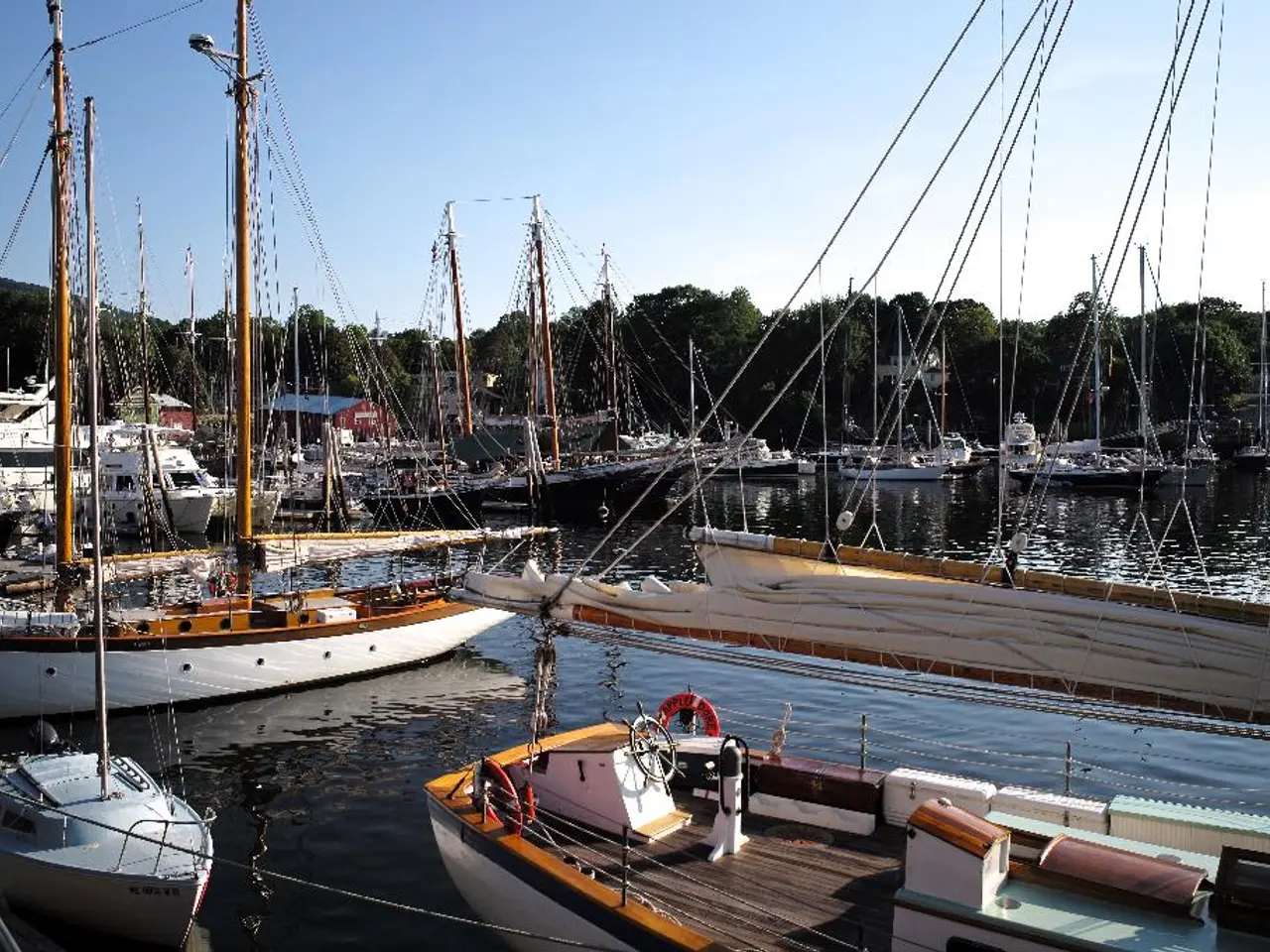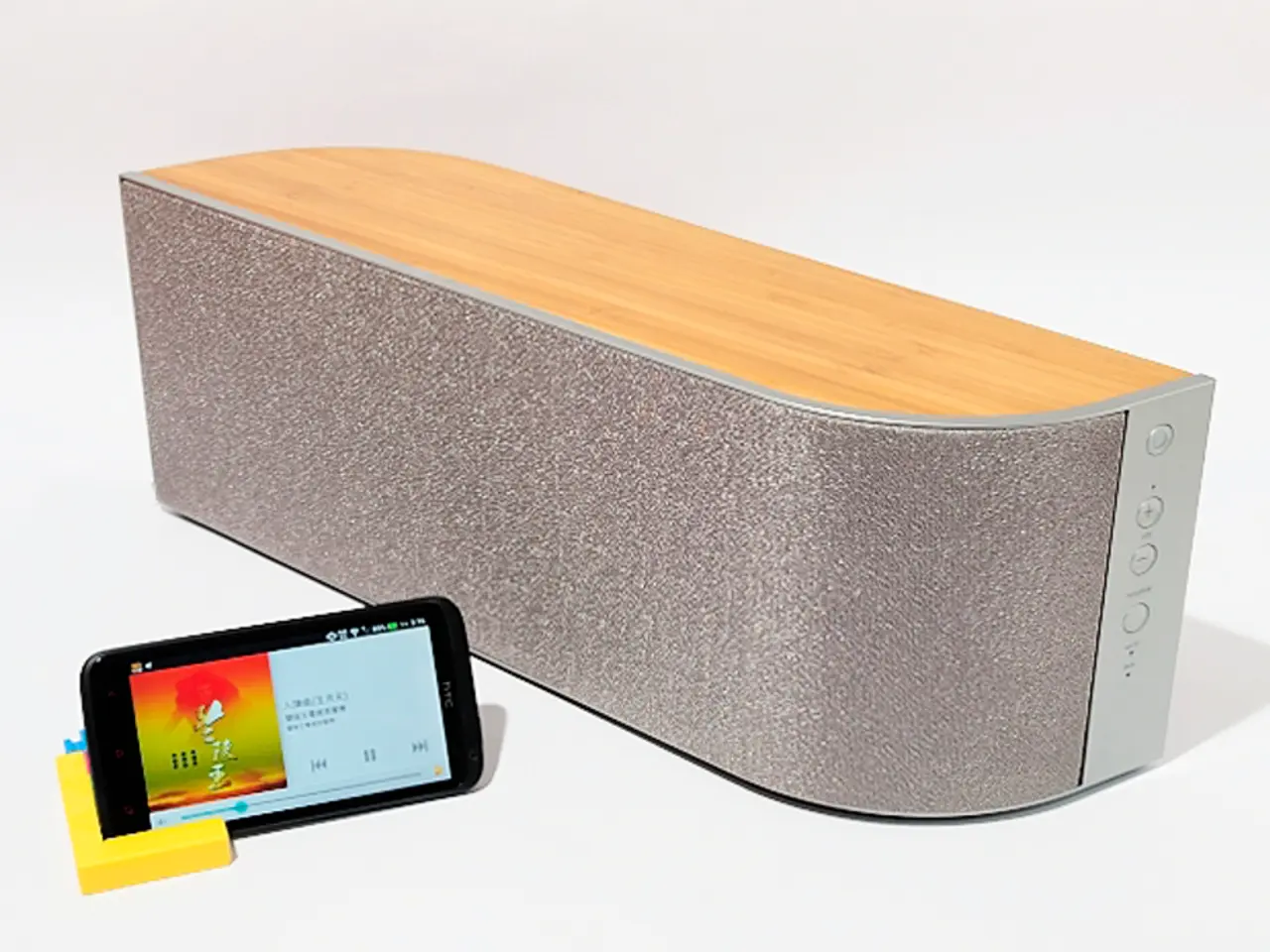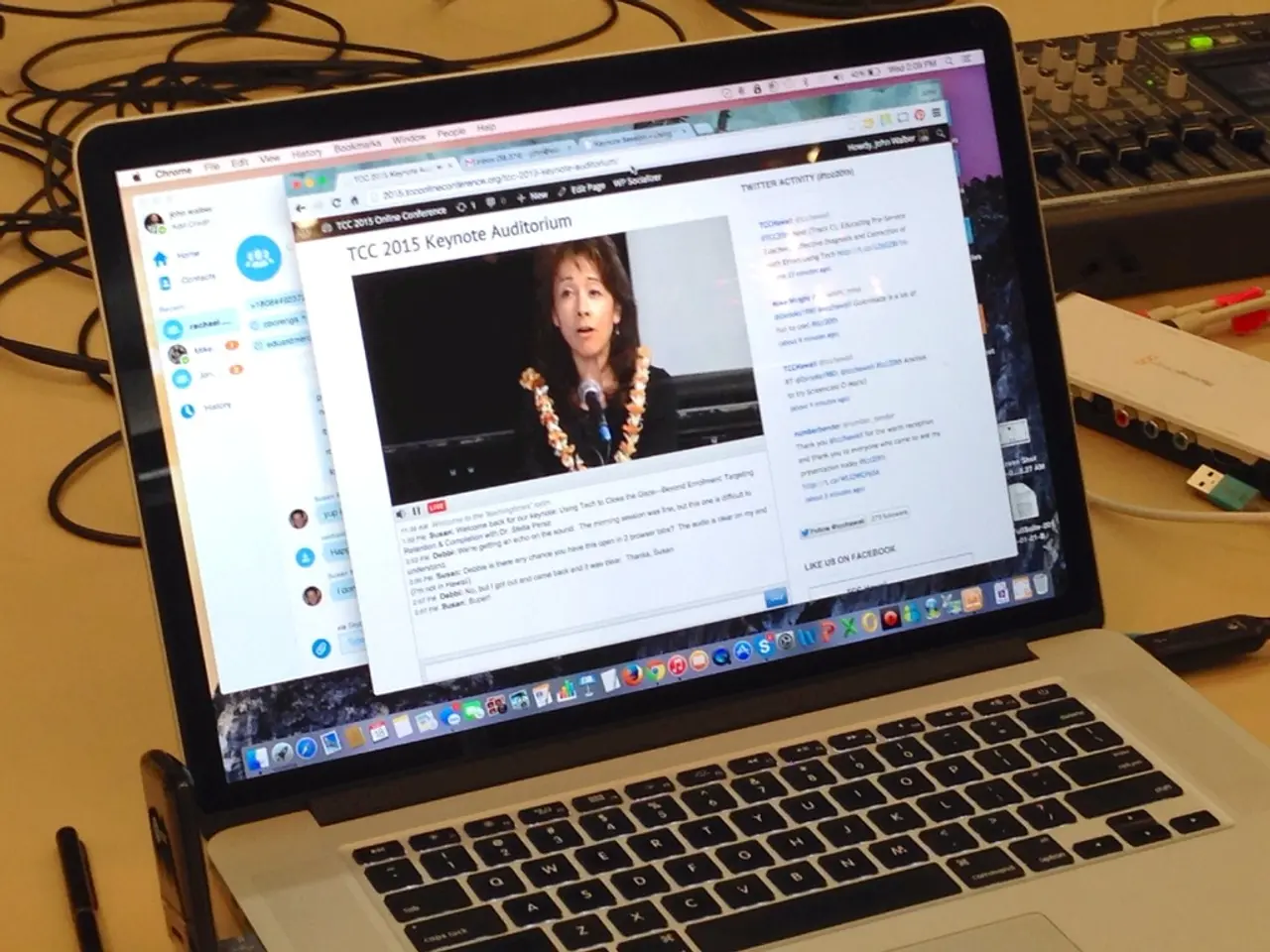Lunar Voyage's Initial Trial! Unveiling the Intrigue of Lunar Transportation
In an exciting development for space exploration, Toyota's Lunar Cruiser, a collaborative project with Japan's JAXA for NASA's Artemis lunar exploration programme, is making steady progress towards its planned lunar deployment in 2029.
The vehicle, designed to carry two astronauts and provide enhanced mobility over rough lunar terrain, has already undergone initial test runs on Earth in Moon-like conditions. During these tests, the Lunar Cruiser demonstrated a top speed of about 6.2 mph (10 km/h) and a tight turning radius of 33 feet (10 m).
Currently, the prototype features an open-air frame without doors, walls, or windows, which will be transformed into a fully enclosed, pressurised vehicle suitable for lunar surface operations. The design and technologies are still subject to refinements before the final version is sent to the Moon.
Beyond its lunar mission, Toyota and JAXA are developing advanced hydrogen-powered systems and automated sensors for the Lunar Cruiser. These technologies may have Earth applications such as disaster area scanning or powering remote communities with sustainable hydrogen energy.
The Lunar Cruiser is being developed by a team consisting of Toyota, Bridgestone, and Mitsubishi Heavy Industries. Bridgestone is responsible for the development of the Lunar Cruiser's tires, designed to withstand the harsh lunar environment, including one-sixth the gravity of Earth, lunar surface fine sand, and temperature extremes ranging from -170 to 120°C. Mitsubishi Heavy Industries is responsible for the development of the Lunar Cruiser's power source.
The Artemis program, led by NASA, plans to send humans to the Moon's surface from 2027. Two Japanese astronauts are participating in the Artemis program, and the Lunar Cruiser is being developed for safe transport of these astronauts on the Moon.
The goal of the Artemis program is to establish a base on the Moon and engage in long-term exploration. The knowledge gained through lunar exploration is expected to underpin future missions to Mars. The progress of the Lunar Cruiser's development is being monitored and updated by Toyota Times News.
This collaboration marks a significant step forward in space exploration, as Toyota's Lunar Cruiser embodies the spirit of the Artemis program - to lay the groundwork for human exploration of Mars. The project emphasises sustainability and technology transfer between space exploration and terrestrial uses, with potential applications on Earth in disaster relief and sustainable energy.
- Combining space-and-astronomy, technology, and science, Toyota's Lunar Cruiser, with its hydrogen-powered systems and advanced automated sensors, may have prospects for Earth applications such as disaster area scanning or powering remote communities with sustainable hydrogen energy.
- In harmony with the spirit of NASA's Artemis lunar exploration programme, Toyota's Lunar Cruiser, a collaborative effort with Japan's JAXA, is designed to facilitate science research and enhance mobility on the Moon, also serving as a foundation for future human exploration of space, especially Mars.




